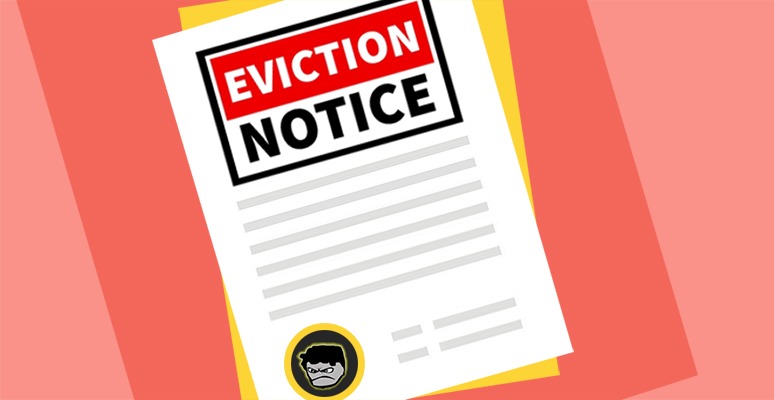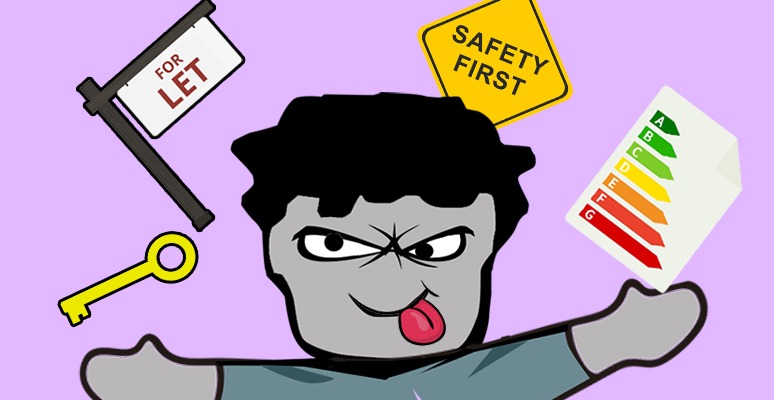
In theory, mortgages should be simple. You borrow money from a lender to buy a property, and you pay the lender back over a period of time with interest.
If only it were that simple.
I read an article a week or so ago, titled, “Borrowers do not understand different rates” (link has been removed because the source has been removed from hotproperty.co.uk).
Worrying!
It’s imperative that we all understand how mortgages work so we are able to get the best deal available on the market, and consequently avoid paying over the odds (which many homeowners with mortgages are unknowingly doing by tens of thousands of pounds)!
Quick Breakdown of article
New research from Nationwide has found that three quarters of Britons are unable to explain the difference between a five-year fixed-rate mortgage with a rate of 5.6 percent and one with a rate of 6.6 percent.
The lender has revealed that 16 percent of those aged 18 to 24 were able to work out the financial difference between the two mortgages, compared with 31 percent of those aged 55 to 64.
That’s quite a worrying statistic.
The fact that borrowers are unaware of such a major player (interest rates) in borrowing makes me think the following:
- It’s no wonder people are get [tragically] repossessed
- If borrowers’ don’t know the difference between 5.6% and 6.6%, then there’s a good chance they’re unaware of the difference between fixed and variable rates, which may explain why so many people blissfully remain on the lender’s notorious painful SVR (Standard Variable Rate)
- people are so desperate to get onto the property ladder than they’ll sign away their life if they have to
How Interest Rates work with Mortgages
When kept simple, interest rates are pretty straightforward.
To get to grips with interest rates it’s easier to work with small numbers as opposed to hundreds and thousands.
Essentially, if you’re borrowing money with an interest rate of 1%, it means for every £1 you borrow, you pay back an extra 1% of that £1.
1% of £1 is 1 pence, so we pay back £1.01.
If you borrow £1 with an interest rate of 5%, you will pay back £1.05.
Those examples only illustrate how interest rates work on a very simple scale; it gets more complicated with mortgages.
The basics of Interest Rates in reality
Lower the interest rate, the better for borrowers! 5.6% is better than 6.6%.
I know that may sound simple, but it obviously isn’t THAT simple.
The 1% difference can equate to a substantial amount of money when you’re talking about mortgages, which generally have a value of tens of thousands of pounds.
If you’re borrowing 150k over 25 years with a 5.6% interest rate, you’ll end up paying back £282,294 (approx) when taking the interest into consideration.
If you’re borrowing the same amount also over 25 years, but with a 6.6% interest rate, you’ll pay£310,278 approx. That tiny 1% can potentially save you £27,984 over a period of 25 years.
That’s a small fortune.
My point is, every fraction of a percent can make a huge difference throughout the duration of a mortgage.
Calculate Interest Rates on a Mortgage
You can use this Mortgage Calculator to work out how much Interest Rates will cost you based on your loan amount and the length of your mortgage.
Fixed rate Vs Variable rate
There are many different types of mortgages, but all of them usually fall into one of two categories: fixed or variable.
Fixed Rates
This is when the interest rate is fixed for the period agreed, usually between 1 to 5 years. For example, if you get a 2 year fixed rate of 5.5%, the amount you pay won’t change for 2 years.
Fixed rate plans are ideal for budgeting because you’ll know exactly how much you need to pay each month. However, you need to be careful, because eventually the fixed rate will expire, and then you’ll be placed onto the lenders standard variable rate, which is usually painfully north of whatever fixed rate you were on.
For example, if you start off with a 3 year fixed rate of 5.5%, the SVR could jump to 7.7% after the 3 years expires, which means you could find that your monthly payments could increase to £1141.12 from £931.86.
OUCH!
If you’re currently tied into a fixed rate period, make sure you find out when it expires and how much the standard variable rate (SVR) is. it’s usually a good idea to remortgage before you’re placed onto the variable rate so you remain on a lower rate.
Variable Rates
There are various types of variable rate deals, but the most important aspect is that the amount of interest you pay can move up and down. That means sometimes you can pay more or less than the previous month.
The rates typically vary when the Bank Of England changes the base rate. However, fluctuations are not solely dependent on that, it can also depend on what type of variable mortgage you have.
For example, if you have a ‘tracker’ mortgage, the rates will follow the Bank Of England’s base rate and change accordingly (i.e. if the rates increase, so will your loan, and vice versa), hence “tracker”.
Standard variable mortgages will vary at your lender’s discretion, so even if the Bank Of England drops their rates, it doesn’t necessarily mean your lender will follow suit.
The advantage of variable rates is that you can reap the rewards of lowering interest rates, as it can reflect on your monthly payments. However, similarly, it can work against you if the Bank Of England increases the base rate.
Bang, crash, wallop!
That was a quick introduction to interest rates and mortgages!
Disclaimer: I'm just a landlord blogger; I'm 100% not qualified to give legal or financial advice. I'm a doofus. Any information I share is my unqualified opinion, and should never be construed as professional legal or financial advice. You should definitely get advice from a qualified professional for any legal or financial matters. For more information, please read my full disclaimer.


 Landlord Products / Services
Landlord Products / Services






















